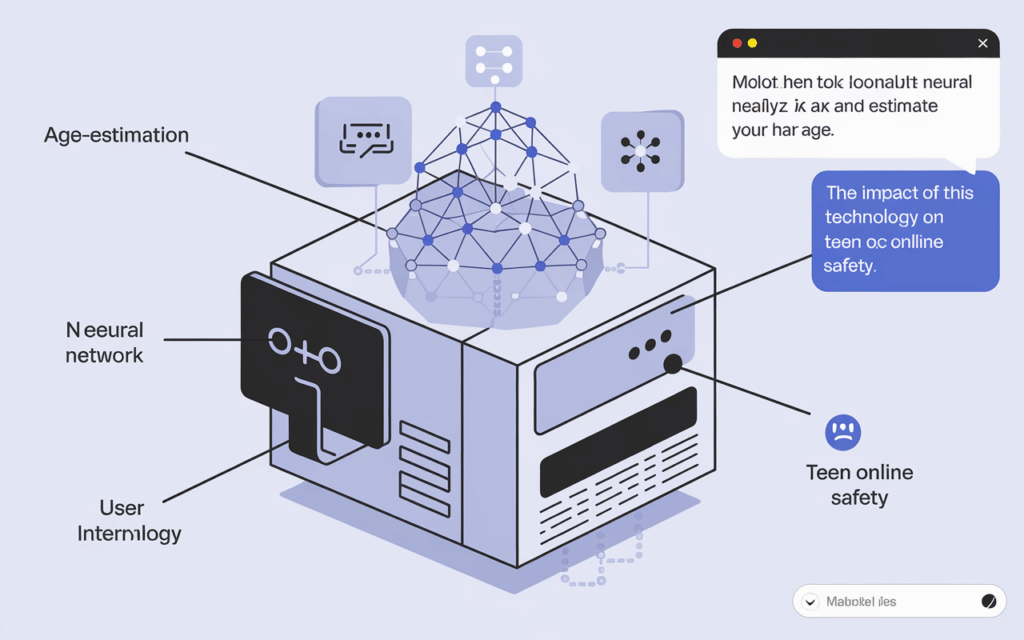Google’s New Age-Estimation Tech: A Step Towards Safer Online Spaces for Teens? 🤖🔍
In an increasingly digital world, the safety and well-being of younger users is a paramount concern. Google is stepping up to the plate by experimenting with machine-learning-powered age-estimation technology in the U.S. This innovative approach could transform how online platforms interact with their younger audiences. But what does it really mean for users? Let's dive in! 🌊✨
What’s New? 📱
According to Google, the company plans to use machine learning algorithms to estimate the age of users based on data from their accounts. This could include search history, the types of videos watched on YouTube, and other behavioral patterns. If the system determines that a user is under 18, significant changes will be implemented in how they experience various Google products.
For example:
- Google Maps will disable the timeline feature.
- Users will receive non-personalized ads.
- Access to adult-content apps in the Play Store will be restricted.
- On YouTube, digital well-being features will activate, offering reminders to take breaks or go to bed if videos are being watched late at night. 🌙
This is not just about restrictions. It’s about creating a safer browsing environment that reduces exposure to harmful content, especially issues surrounding body image and other sensitive matters. 🚫
Transparency and Control 🔒
One notable aspect of this new initiative is the appeal process. If users believe they have been wrongly classified as underage, they can contest the decision. They will be required to submit a government ID or a selfie to verify their actual age. This aspect adds a layer of transparency and user control, which many appreciate in today’s digital landscape. 👤💡
Compliance with Regulatory Standards ⚖️
With lawmakers worldwide pushing for stricter regulations around data security and the protection of minors, Google’s proactive measures could align them with ongoing legislative changes. Platforms like Instagram and Roblox are also exploring similar age estimation technologies, indicating a trend that prioritizes user safety across the internet. 📜🌍
My Take: A Necessary Evolution 🌟
As an expert in blogging and digital engagement, I believe this move is significant not just for Google but also for the broader internet community. More robust data protection measures can help build trust between tech companies and their users, especially vulnerable populations like children and teenagers.
With ongoing conversations around privacy and the ethical use of AI, Google's approach can be seen as a step forward in responsible tech development. It may set a benchmark for other companies to follow, encouraging a shift towards more protective features tailored to specific user age groups. 🌈🙌
As we continue to navigate the complex interplay between technology and our daily lives, these innovations spark hope for a safer online environment.

More Stories
Meta’s AR Ambitions and AI Safety: Insights from the Equity Podcast
Insight Partners Data Breach: A Wake-Up Call for Cybersecurity Awareness
Lovable’s Ascendancy: Anton Osika at TechCrunch Disrupt 2025